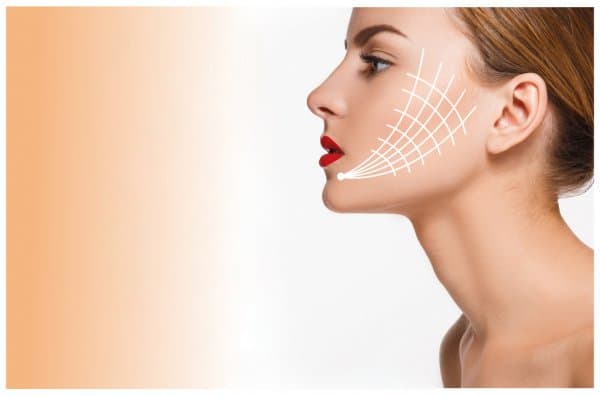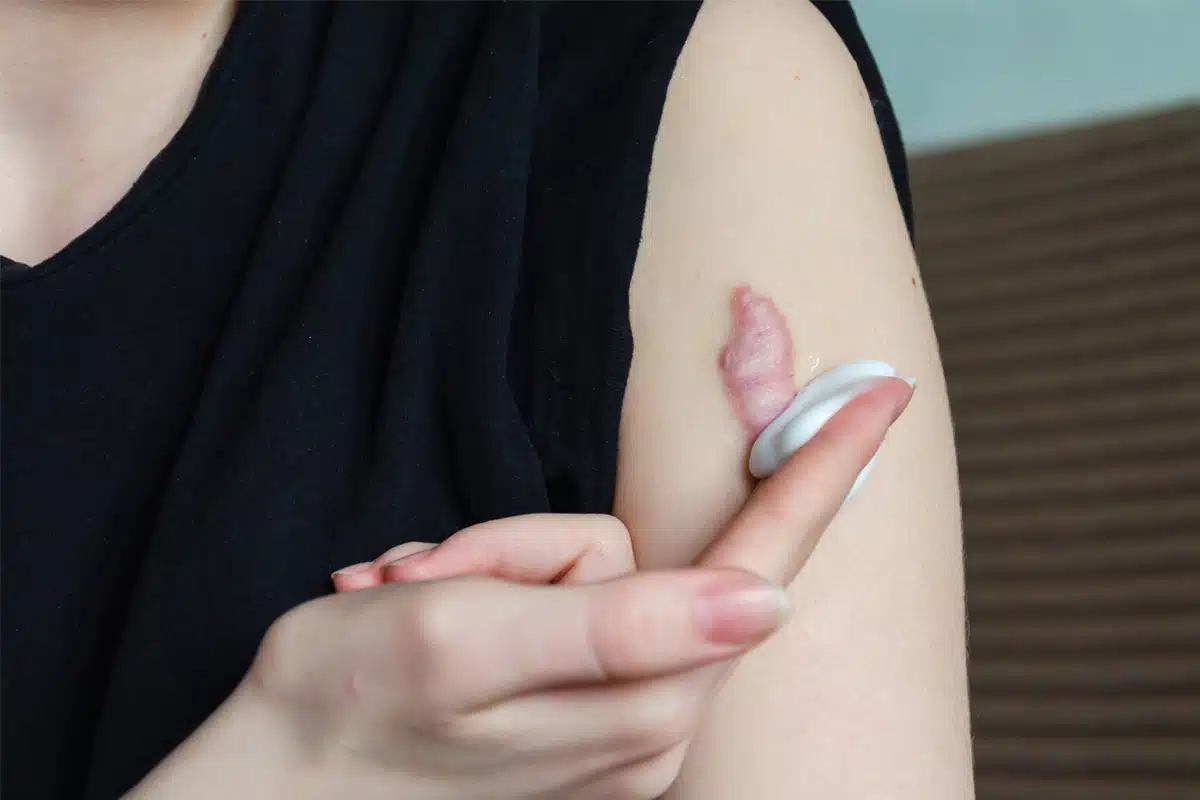What Is the Role of Fat Grafting in Facelift Procedures?

Fat grafting, also known as fat transfer or lipofilling, is an increasingly popular technique used in conjunction with facelift procedures to restore lost volume, improve facial contours, and enhance overall facial rejuvenation. This procedure involves taking fat from one area of the body, usually the abdomen or thighs, and injecting it into specific areas of the face that have experienced volume loss due to aging. Fat grafting can be particularly effective in improving the natural, youthful appearance of the face, offering a more comprehensive solution when combined with a Facelift Surgery in Dubai.
Restoring Facial Volume
One of the most noticeable effects of aging is the loss of volume in the face, particularly in areas such as the cheeks, temples, and under the eyes. This volume loss can create a hollow or sunken appearance, contributing to an overall tired or aged look. Fat grafting is used during facelift surgery to restore this lost volume by transferring fat into specific areas of the face. By replenishing the volume, fat grafting helps achieve a more youthful, vibrant, and well-defined appearance.
Enhancing Facial Contours and Symmetry
In addition to restoring volume, fat grafting can also help improve facial contours and symmetry. For example, patients may choose to use fat grafting to enhance the contours of the cheekbones, chin, or jawline. This can be particularly beneficial for those who have a naturally thin or flat facial appearance and wish to add more definition to their features. Fat grafting can provide subtle, natural-looking improvements in facial symmetry, enhancing the overall aesthetic of the face.
Smoothing Out Fine Lines and Wrinkles
Fat grafting not only adds volume but also helps smooth out fine lines and wrinkles that form due to aging. When fat is injected into areas with deep folds or lines, such as nasolabial folds (smile lines) or marionette lines, it can help plump up the skin and create a smoother surface. This can enhance the results of a facelift, as the added volume can help reduce the appearance of wrinkles, resulting in a more youthful and refreshed look.
Using Fat Grafting for Under-Eye Rejuvenation
The under-eye area is often one of the first places where signs of aging become visible. Hollowing under the eyes can create a tired, aged appearance, even if the rest of the face remains youthful. Fat grafting can be used to fill in the under-eye area, reducing the appearance of dark circles and creating a more rested and rejuvenated look. This is particularly beneficial for individuals who have lost volume in the under-eye region as part of the aging process.
Long-Lasting, Natural Results
One of the key advantages of fat grafting is that the results are both natural-looking and long-lasting. Since the fat used in the procedure comes from the patient’s own body, it integrates naturally into the facial tissues, providing a more harmonious and individualized result. Additionally, once the transplanted fat establishes a blood supply in the new location, it can remain in the face for many years. While some of the fat may be absorbed by the body over time, most of the transplanted fat will persist, providing long-term benefits.
Combining Fat Grafting with Other Facelift Techniques
Fat grafting is often used in combination with other facelift techniques to provide a more comprehensive and effective facial rejuvenation. For instance, while the facelift surgery addresses sagging skin and muscle laxity, fat grafting can be used to restore volume and fill in hollow areas. Together, these two procedures offer a well-rounded solution for facial aging, improving both the skin’s tightness and the underlying volume. This combination can result in a more youthful, refreshed appearance that appears natural and rejuvenated.
Minimally Invasive and Customizable
Fat grafting is a minimally invasive procedure compared to other facial enhancement surgeries. Since the fat is taken from the patient’s own body, there is little risk of rejection or allergic reactions. The procedure is also highly customizable, as the surgeon can choose the exact areas where fat is transferred, allowing for tailored results that address the patient’s specific concerns. Whether it’s adding volume to the cheeks, improving under-eye hollows, or enhancing the jawline, fat grafting can be adjusted to meet each individual’s unique needs.
Conclusion
Fat grafting plays a vital role in enhancing the results of a facelift by restoring lost facial volume, improving contours, and smoothing wrinkles. This technique provides natural-looking, long-lasting results by using the patient’s own fat, minimizing the risk of complications while maximizing the rejuvenating effects of the facelift. By combining fat grafting with facelift surgery, patients can achieve a more youthful, harmonious appearance that addresses both the signs of aging and the loss of volume that often accompanies the aging process.




